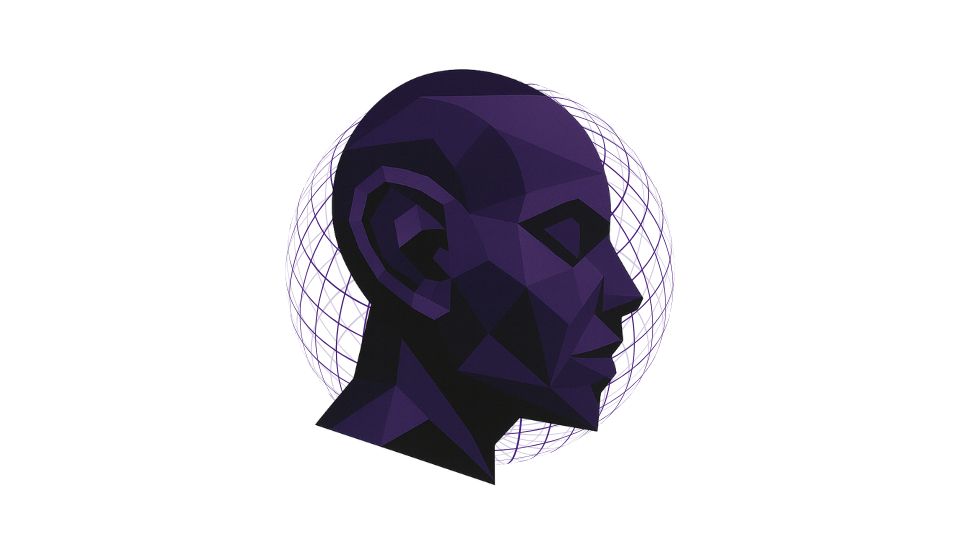Google’s artificial intelligence system has uncovered several critical vulnerabilities within Apple’s WebKit, the foundational browser engine powering Safari and other applications across Apple devices. Specifically, Google’s AI system, internally codenamed ‘Big Sleep,’ successfully identified five critical WebKit vulnerabilities, demonstrating its advanced capabilities. This discovery marks a significant milestone, illustrating the growing efficacy of machine learning in proactively identifying complex security flaws that often elude traditional detection methods.
The findings, detailed on the Google Security Blog, highlight a shift in how cybersecurity researchers are approaching vulnerability discovery. Rather than relying solely on human expertise or conventional scanning tools, Google’s AI system demonstrated an ability to navigate intricate codebases and pinpoint weaknesses that could potentially be exploited by malicious actors. The implications extend beyond immediate patch releases, pointing to a future where AI plays an increasingly central role in securing digital infrastructure.
WebKit, a core component of Apple’s ecosystem, underpins the Safari browser and numerous applications that render web content on iOS, iPadOS, and macOS. Its pervasive use means that any critical vulnerability within it could expose millions of users to potential risks, ranging from data theft to arbitrary code execution. The ability of an AI system to autonomously identify such flaws suggests a potential acceleration in the pace of vulnerability research and remediation.
This development builds on years of investment in applying machine learning to complex problems, now extending into the nuanced domain of software security. Google’s approach involves training AI models on vast datasets of code and known vulnerabilities, enabling them to recognize patterns and anomalies indicative of security weaknesses. The successful identification of WebKit bugs by this AI system validates the potential for such technology to augment, and in some cases, even lead human researchers in the never-ending race against cyber threats.
While the specifics of the exploited vulnerabilities are typically kept confidential until patches are widely deployed, the broader narrative emphasizes proactive defense. The partnership between AI-driven discovery and human security engineers offers a powerful new paradigm for fortifying widely used software components against sophisticated attacks.
As software ecosystems grow in complexity, the integration of artificial intelligence into vulnerability discovery processes is poised to become an indispensable layer of defense, ensuring that critical systems remain robust against evolving cyber challenges. Furthermore, the continuous learning capabilities of these AI systems promise to evolve alongside new threat vectors, offering an adaptive defense against future exploits.
This comes as military experts have also recently voiced concerns over critical security flaws in AI chatbots, particularly prompt injection attacks. These vulnerabilities could potentially be exploited by hostile foreign powers, marking a new front in cyberwarfare and further emphasizing the complex security landscape influenced by advanced AI technologies.
In a related development highlighting the dual-use nature of AI in cybersecurity, a recent campaign tracked as GTG-1002 has demonstrated the use of AI coding tools by malicious actors. This campaign leveraged AI to automate critical stages of an espionage operation, including reconnaissance, vulnerability validation, and even exploit generation against approximately 30 organizations. This illustrates that while AI can be a powerful tool for proactive defense and vulnerability discovery, it also presents new capabilities for adversaries to enhance their attack methodologies.

